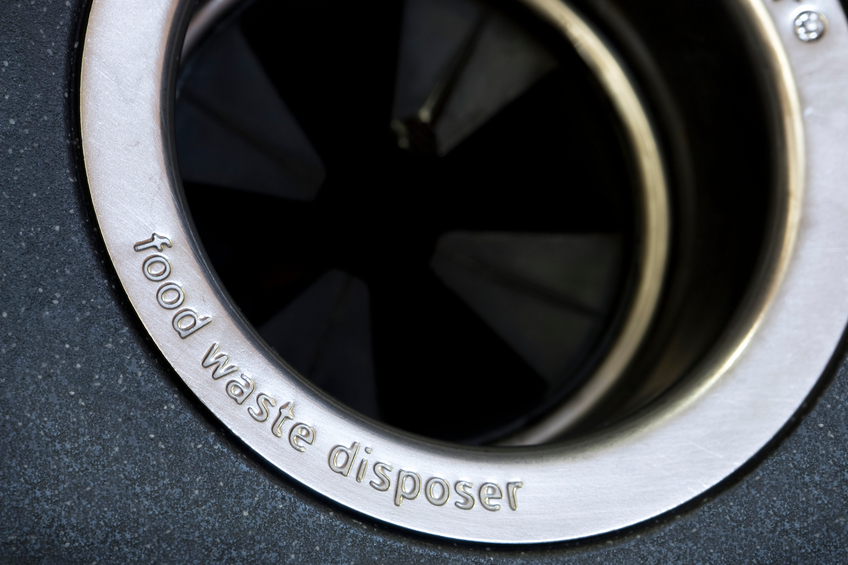 Are you going to eat that? We hope so. If not, you could be throwing away more than a few extra bites. A 2015 survey by the American Chemistry Council put the cost of wasted food at $640 per year, per household.
Are you going to eat that? We hope so. If not, you could be throwing away more than a few extra bites. A 2015 survey by the American Chemistry Council put the cost of wasted food at $640 per year, per household.
Regardless of whether the food is scraps, leftovers, uneaten portions or spoiled food, it all becomes food waste once it’s thrown away, and it’s a big problem. Food waste is the biggest single contributor to municipal landfills. According to the EPA, food waste made up 21 percent, or 35 million tons, of discarded municipal solid waste in the U.S. in 2013.
The environmental fallout from food waste can be severe. When food waste breaks down it releases methane, a harmful greenhouse gas. Food waste also attracts pests and rodents when it’s left out in garbage cans or bags. And walking within a few yard feet of a trash bag or can containing food waste on a hot summer day isn’t a pleasant experience.
But when they’re put through a food waste disposer, those leftover scraps can provide environmental benefits in the form of reduced household waste and fewer rodents and insects. Perhaps most importantly, it can make sure you send less food waste to the landfill. Here’s how: Food that is put through a food waste disposer ends up at a wastewater treatment plant, not a landfill. But it isn’t discarded. Instead, it’s used as food for the microscopic organisms that are used to treat wastewater. If this happened in a landfill, the methane those organisms produce would be released into the atmosphere. Many wastewater plants use the methane they capture to help power the treatment facility. Leftover scraps can be turned into fertilizer or soil conditioner.
Several cities around the U.S. have reaped the benefits of food waste disposers that were installed on a widespread scale in some of their neighborhoods. In Philadelphia, residents of the Point Breeze and West Oak Lane neighborhoods reported a significant drop in trash volume—an average of 1.4 pounds of trash per household, per week—after AHAM member InSinkErator installed 175 disposers into homes in those areas. Households in Tacoma, Wash. InSinkErator also installed food waste disposers in neighborhoods in neighborhoods in Tacoma, Wash., Milwaukee and Boston. Participating households reported the following average weekly reductions in waste after food waste disposers were installed:
Tacoma: 1.9 pounds
Milwaukee: 3.3 pounds
Boston: 4.1 pounds
In Philadelphia, residents also reported fewer problems with pests and rodents after the food waste disposers were installed, and said they were putting out one fewer trash bag per week.




